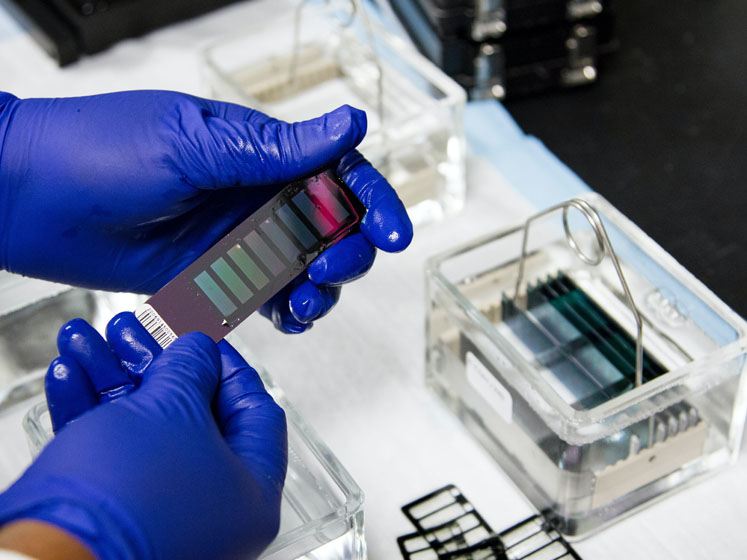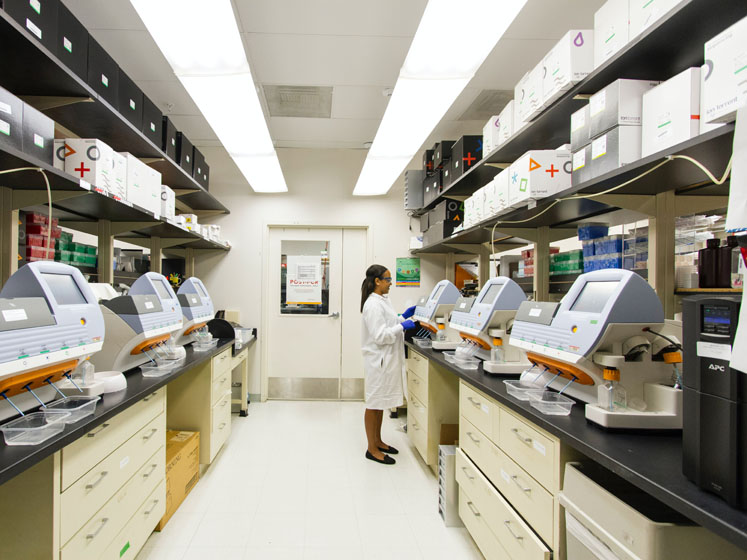Having just completed their MDR compliance project, medical device manufacturers must now prepare to adapt products, labelling and artwork to comply with upcoming IVDR counterpart legislation.
Set for implementation in May 2022 and to be followed by more waves in 2023, 2025 and 2027, IVDR will require many businesses to begin the compliance cycle from the start, again, to ensure they can continue to sell in vitro diagnostic products into the lucrative EU market.
Many of these challenges will mirror MDR efforts — with lessons to be learned and technological innovations ready to ease the process.
Bob Tilling, VP Global Sales at Kallik, reveals the top compliance challenges that manufacturers must address and how digital solutions are now set to play a leading regulatory role.
The EU’s In Vitro Diagnostic Regulation (IVDR) is set to be implemented in May 2022; but, for many in vitro medical device manufacturers, the follow-on UDI implementation deadlines — Class D in 2023, Class C and B in 2025 and Class A in 2027 — will have greater repercussions.
More than 80% of devices not requiring certification under the previous IVDD (In Vitro Diagnostic Directive) will now require IVDR certification, affecting quality management, traceability, packaging and beyond. Product labelling and artwork for these devices will need to be adjusted accordingly.
IVDR compliance is simply non-negotiable; and, as many manufacturers found during the MDR deadline rush, it cannot be left until the last minute. Failure to comply can bring catastrophic damage to a business, ranging from financial pressures and end-to-end operational disruption through to irreversible damage to consumer confidence and brand reputation.
Early action solves many pain points
A key lesson experienced by the Kallik team when aiding manufacturers with MDR compliance projects was the need to get started with planning and execution at the earliest possible stage.
Companies that chose to “go it alone” and push ahead with manual processes, legacy in-house systems and no external compliance expertise often struggled as the scale and complexity of the task became apparent.

IVDR is further complicated by various regulatory nuances and major differences between medical and in vitro device artwork, including layout design changes to accommodate increased traceability information such as Unique Device Identifiers.
The sheer volume of work this requires means manufacturers that take IVDR compliance as a critical business issue and prepare a best practice compliance project will stand a greater chance of succeeding, without it absorbing capacity or affecting day-to-day operations.
Here are our four essential tips for medical device manufacturers still considering how to plan and deliver on IVDR compliance projects.
Unexpected complexity: the silent threat to compliance projects
No two IVDR compliance projects are identical in scope. It is vital that businesses get to grips with the scale of their compliance task as early as possible, identifying affected in vitro devices and their labels and artworks — across their entire global operations and supply chain.
Based on Kallik’s work on MDR compliance projects for global medical device manufacturers, affected assets may number in the low thousands through to several hundred thousand, so the volume of work must not be underestimated.
The common offenders for unexpected assets? Siloed data in legacy departmental systems, disconnected regional offices and even new product lines introduced by mergers and acquisitions — all of which can drastically increase the scope and timeframe of the project once identified.
Product translations and global supply chain nuances also pose unexpected challenges during the assessment phase. Global businesses will need to amend each label and packaging asset in various languages, significantly increasing the scale of work.

The EU market alone currently has 24 official languages — amending individual phrase translations on each device in a product range for each of these languages significantly scales up the time and capacity required to achieve compliance.
Putting digital eyes on the assets: standardisation and accessibility are key
Once manufacturers have identified affected assets and standardised their associated data, attention can be turned to identifying and actioning specific changes that must be made to each label and artwork to achieve compliance.
These can range from label sizing and placement to warning symbol positioning and UDI inclusion — with the ever-present threat of further changes to accommodate translations and country specific regulatory requirements.
This is when digital solutions such as centralised label and artwork management can add significant value to the process compared with manual work. Veraciti from Kallik, for example, provides a comprehensive “Where Used” feature to help users rapidly identify all labels affected by design changes and act accordingly.
Manufacturers that establish approved label templates within their label and artwork management solution can use this feature to easily make changes to all labels in a product range — removing the burden of committing physical resources to painstakingly identify and update each affected asset.
The outliers: bring scattered global operations under central control
Identifying every affected asset and introducing standardisation within a manufacturer’s global business footprint is a major step towards compliance, but businesses should also look to consolidate these assets into a single central source before actioning changes.
Managing the edit, review and approval stages across various systems and departments is both inefficient and threatens to introduce costly version errors, further delaying the compliance process. Working centrally unlocks significant efficiency, oversight and management benefits.

Business leaders struggling with disconnected legacy systems should consider adopting a central cloud-based label and artwork management solution to avoid these pitfalls. These solutions typically provide a singular asset library to consolidate artwork, logos, phrases and other critical product data.
This “single source of truth” eases the monitoring, editing and management burdens and helps businesses to focus solely on dedicated compliance work by way of label editing without needing to continually identify, gather and share assets between systems and teams for each amendment.
Beating the capacity crunch with automation
One of the key takeaways from initial MDR compliance projects is the inefficiency of many asset updating processes when compared with digital alternatives. As the scale of these compliance tasks increases and new regulations are announced, the processes become unacceptably slow, expensive and inaccurate — and risk introducing human error.
Deploying a cloud-based, centralised solution that leverages automation will eliminate much of the uncertainty caused by manual processes and help companies to avoid committing the bulk of their workforce to IVDR compliance efforts.
The result is an efficient operation, following best-practice procedures, providing a certain outcome. Such solutions harness rules-based automation to eliminate the need to manually search for, update and republish assets to ensure compliance, and deliver significant cost and capacity savings that scale with time.
Regulation is not a one-off process: act today to ensure continued compliance
Although these actions can significantly ease the IVDR compliance process, this is by no means the end of the regulatory curve for the medical device industry.
MDR and IVDR have brought major operational changes, but further national and regional regulation is on the horizon. Further changes, such as the shift from CE marks to UKCA markings in Britain, with further nuances for the Northern Irish market, are posing similar challenges.
This is why manufacturers are well-placed to establish a digitally driven process for regulatory compliance and future developments, tackling the pain points of today and preparing for the challenges of tomorrow with technology that will deliver continuous operational improvements.
As witnessed in MDR and IVDR projects to date, the digitisation of label and artwork management processes on a global scale will be at the very centre of this strategy.




